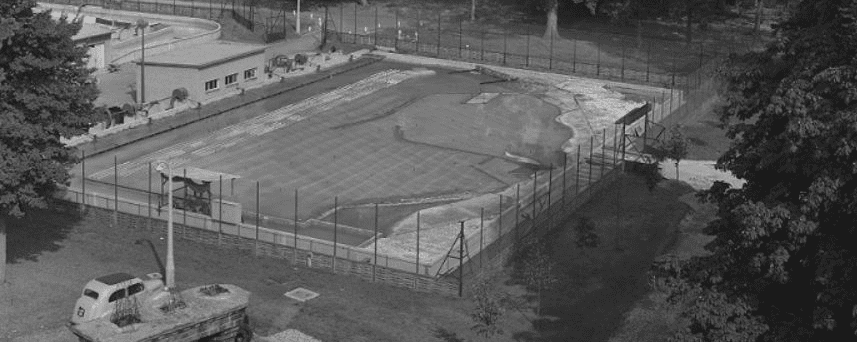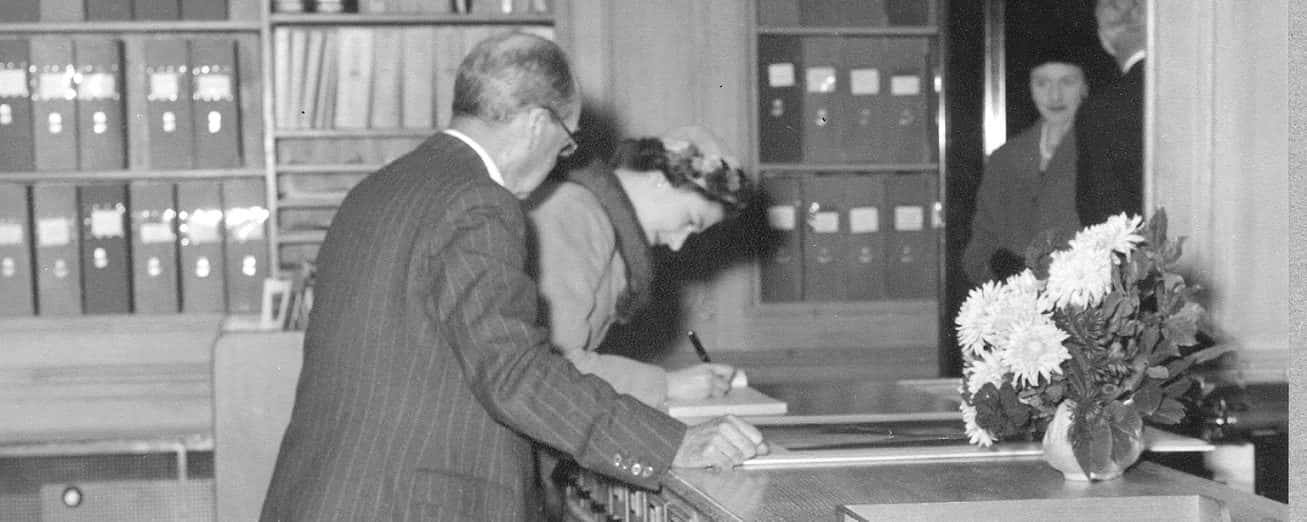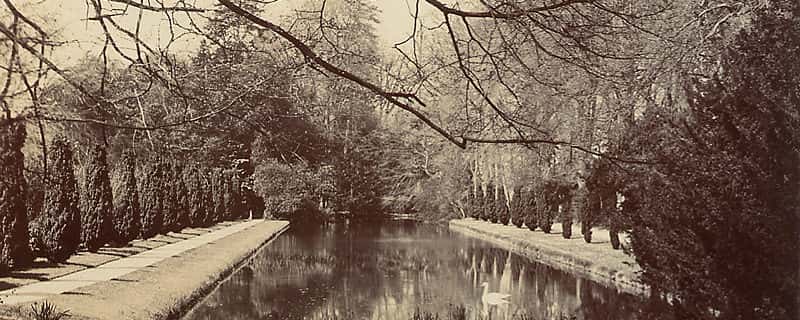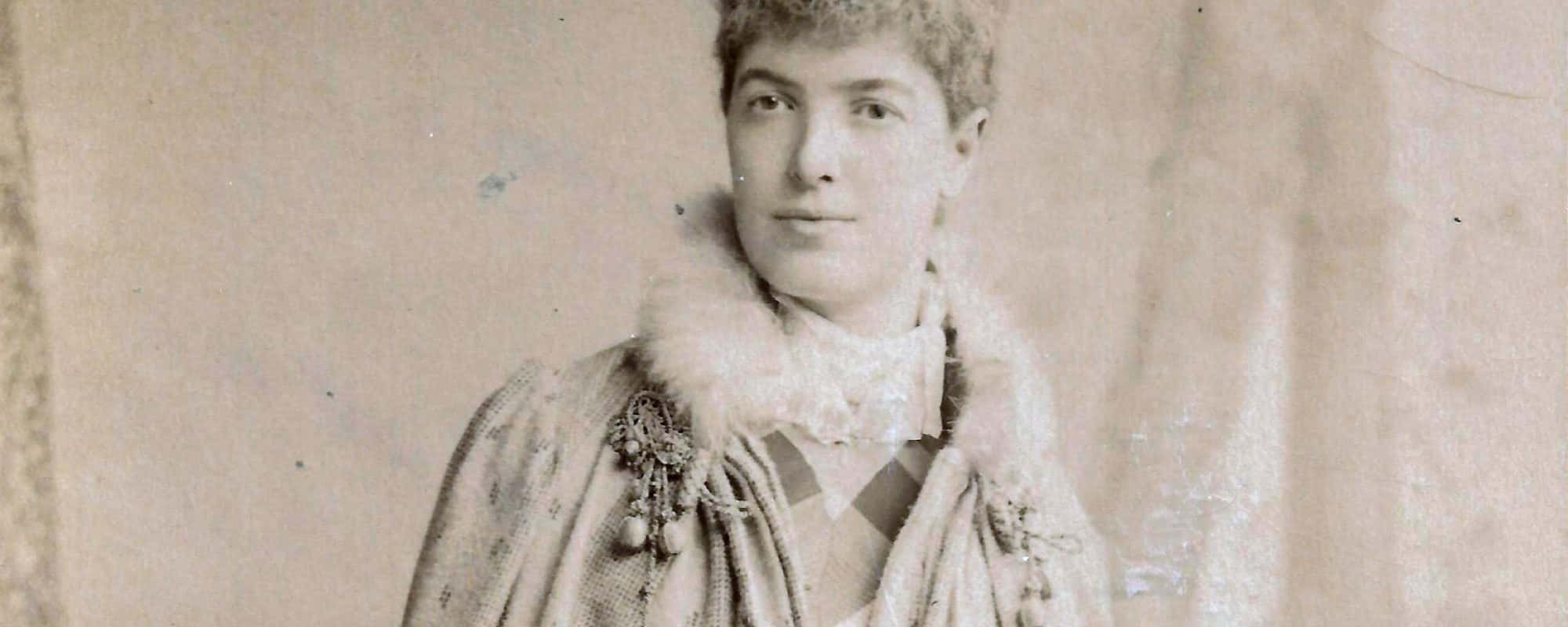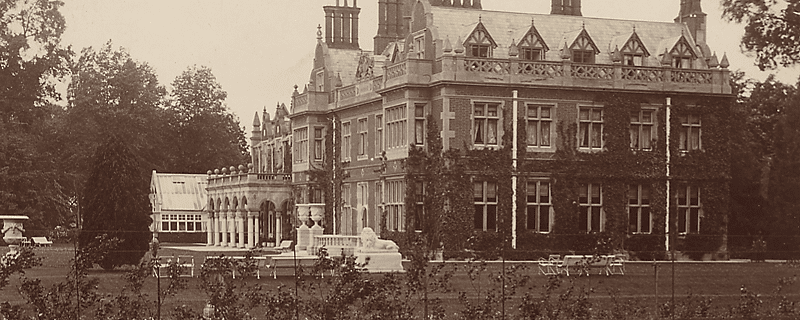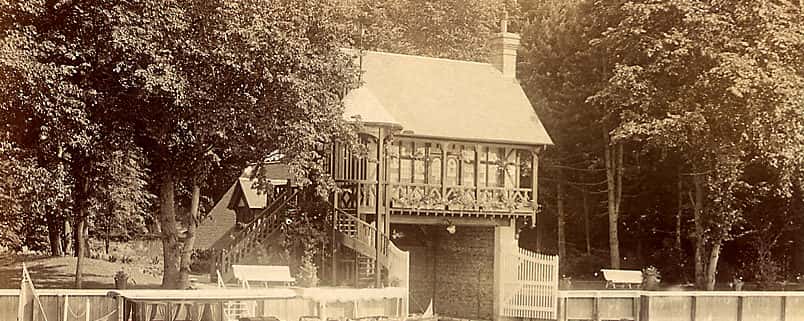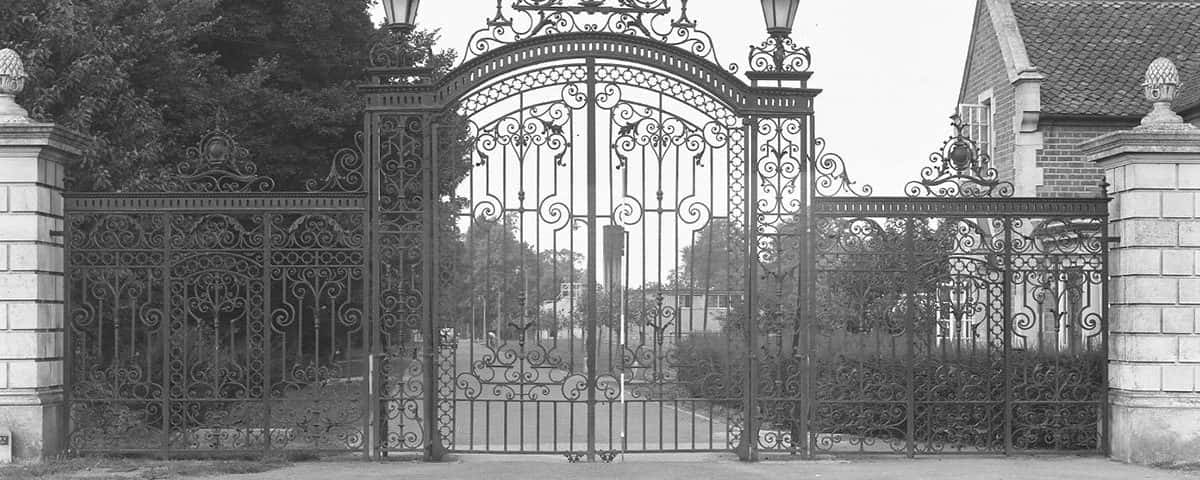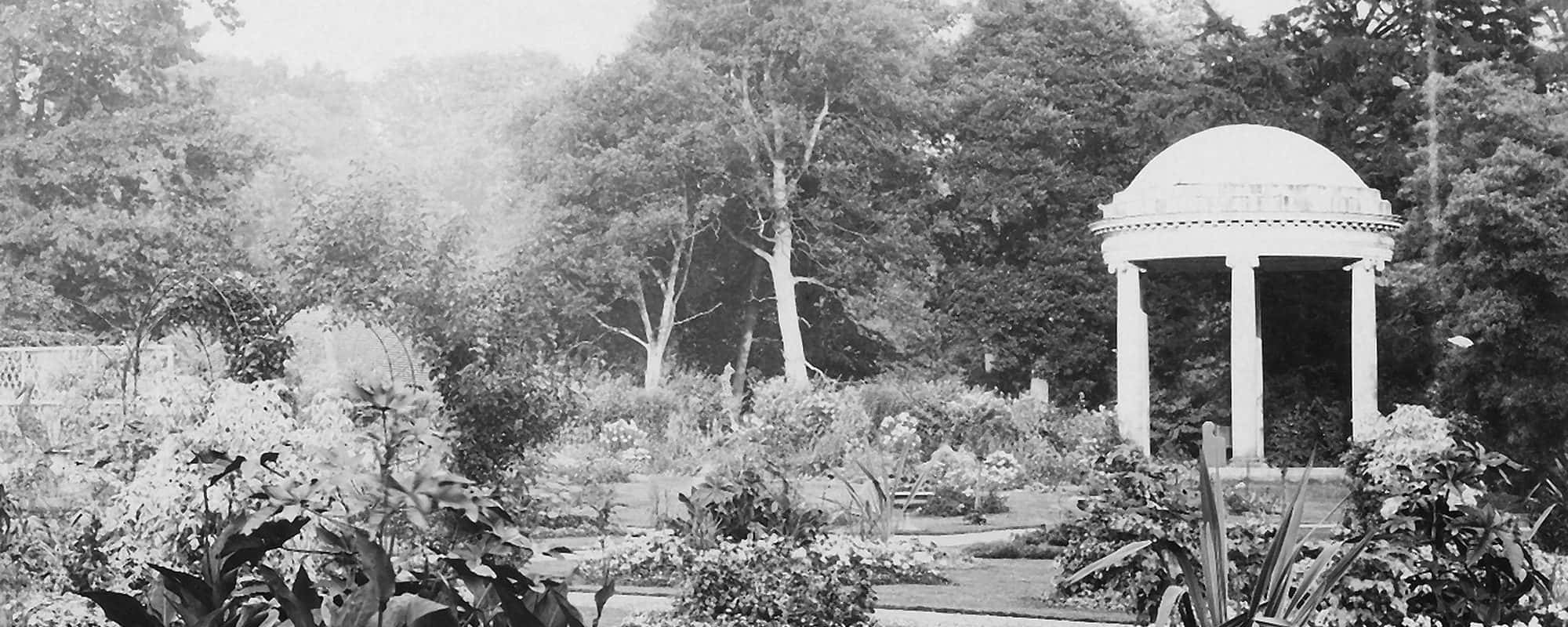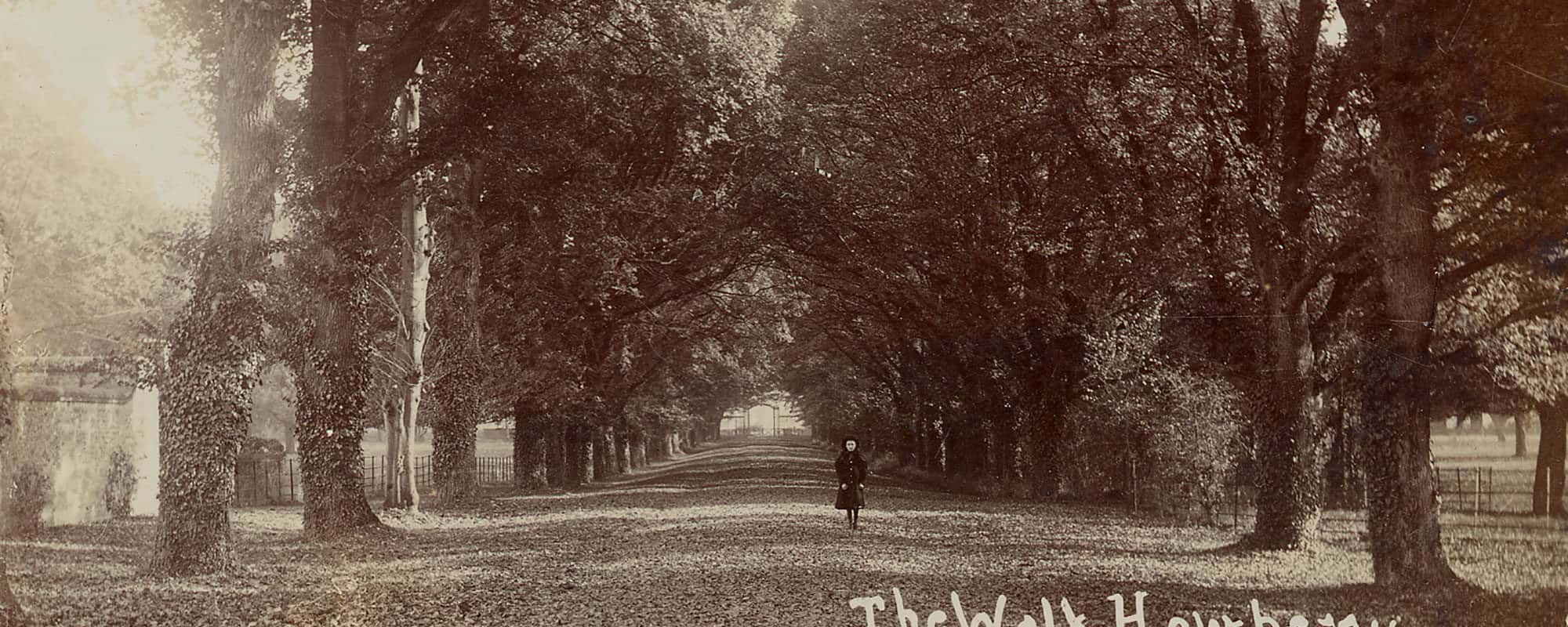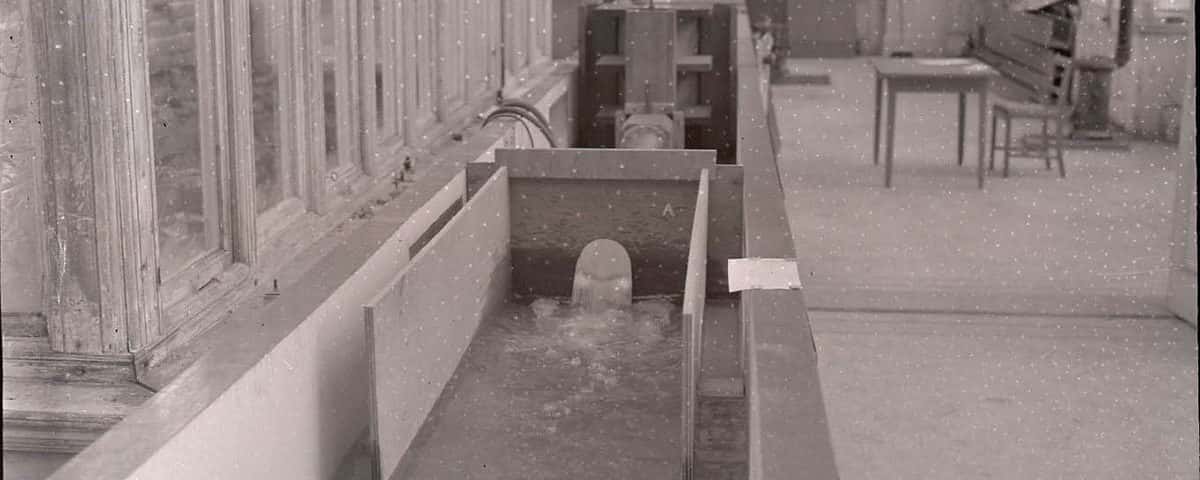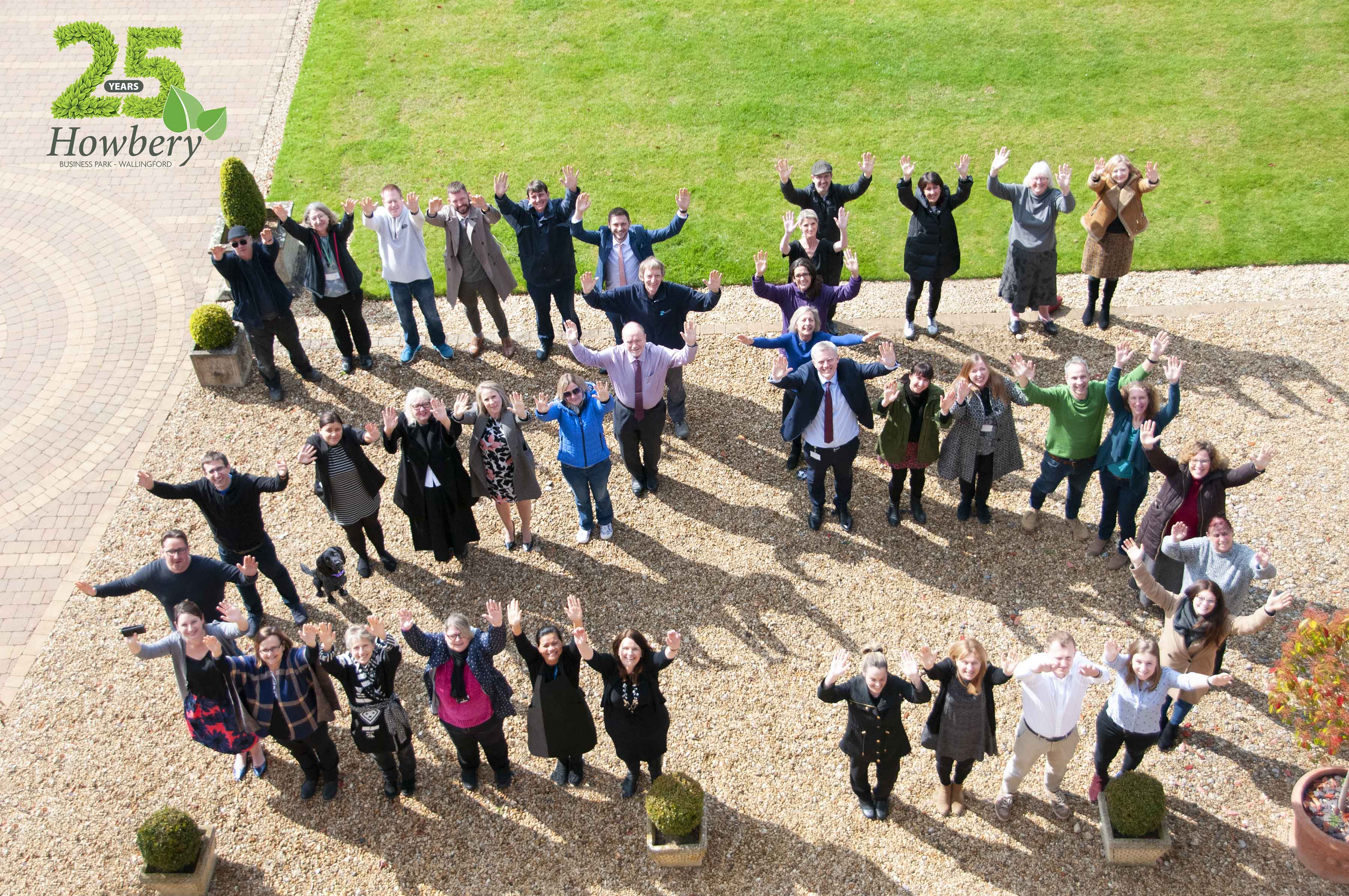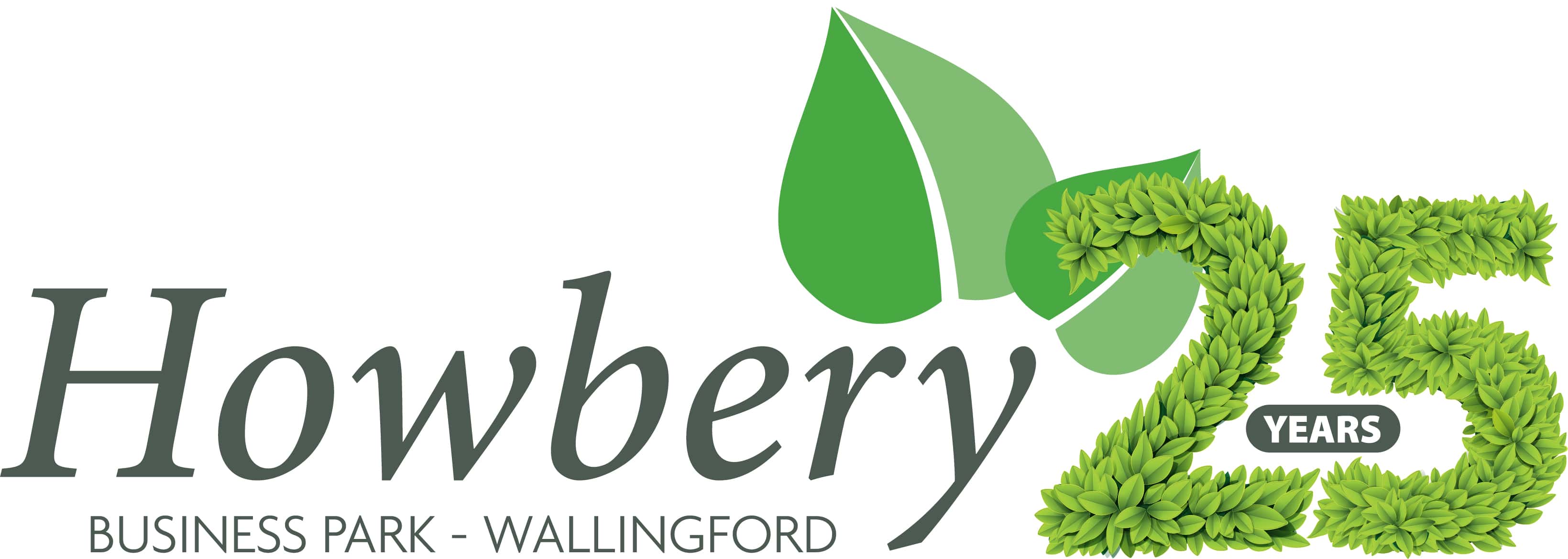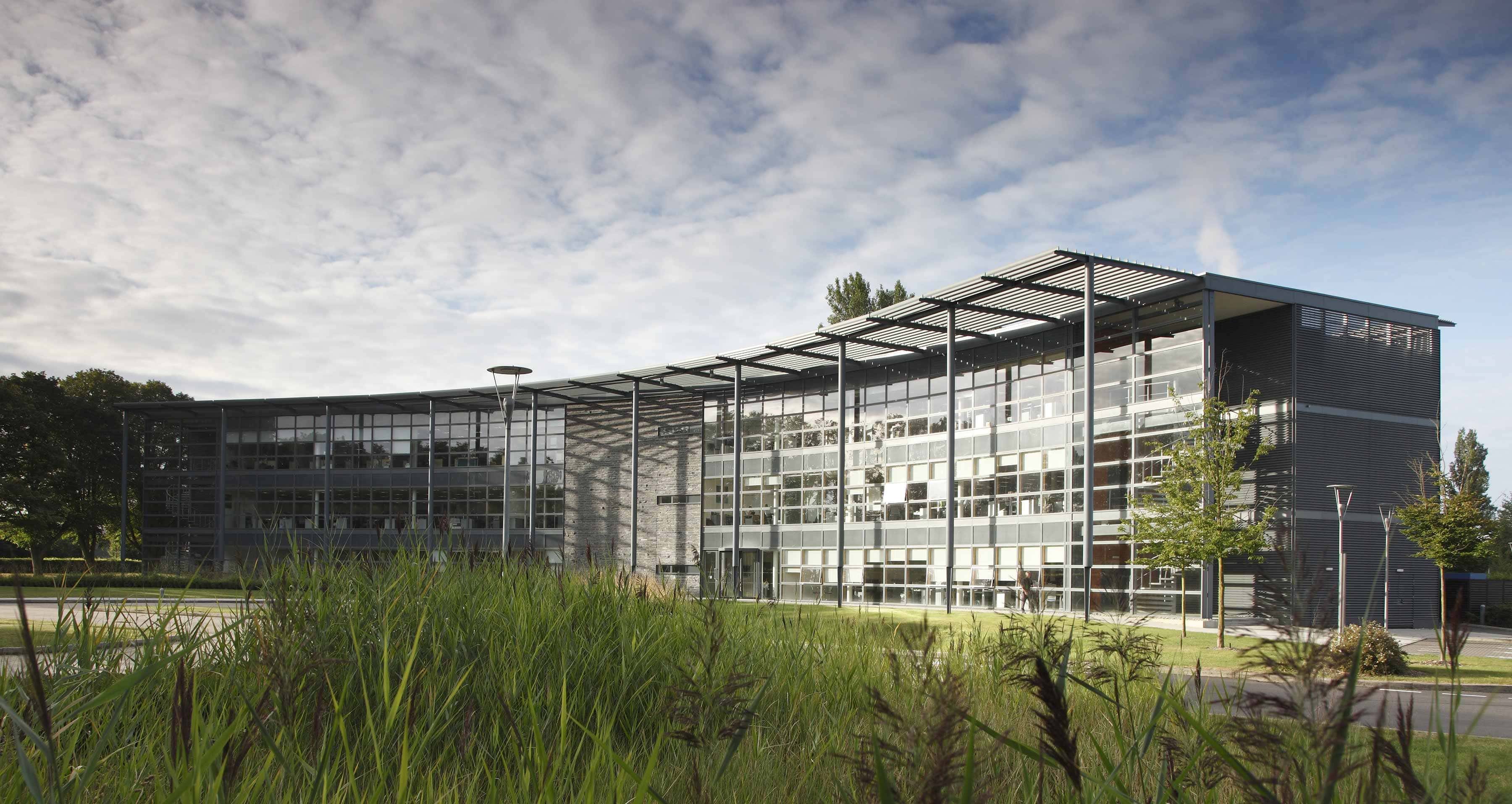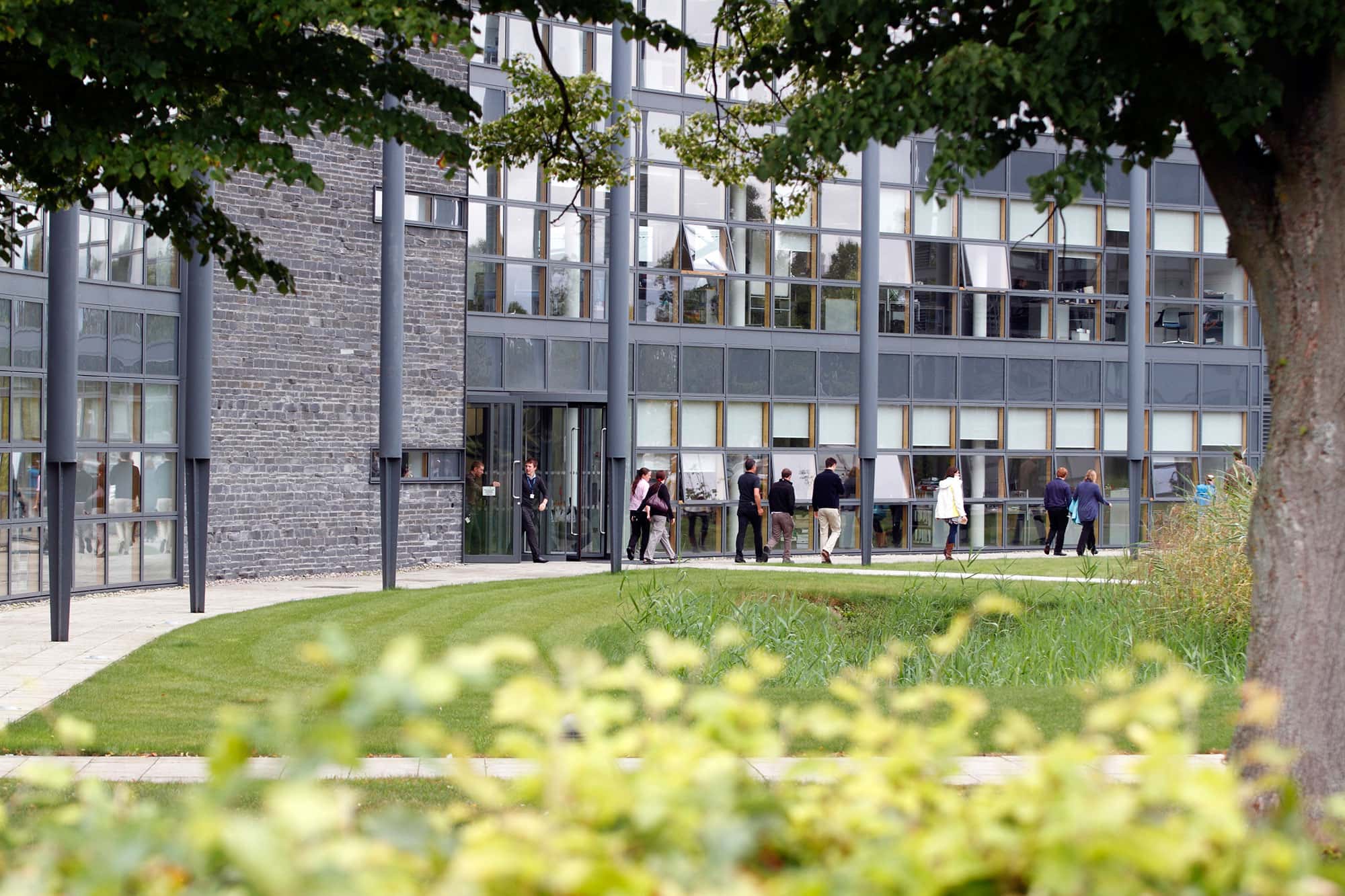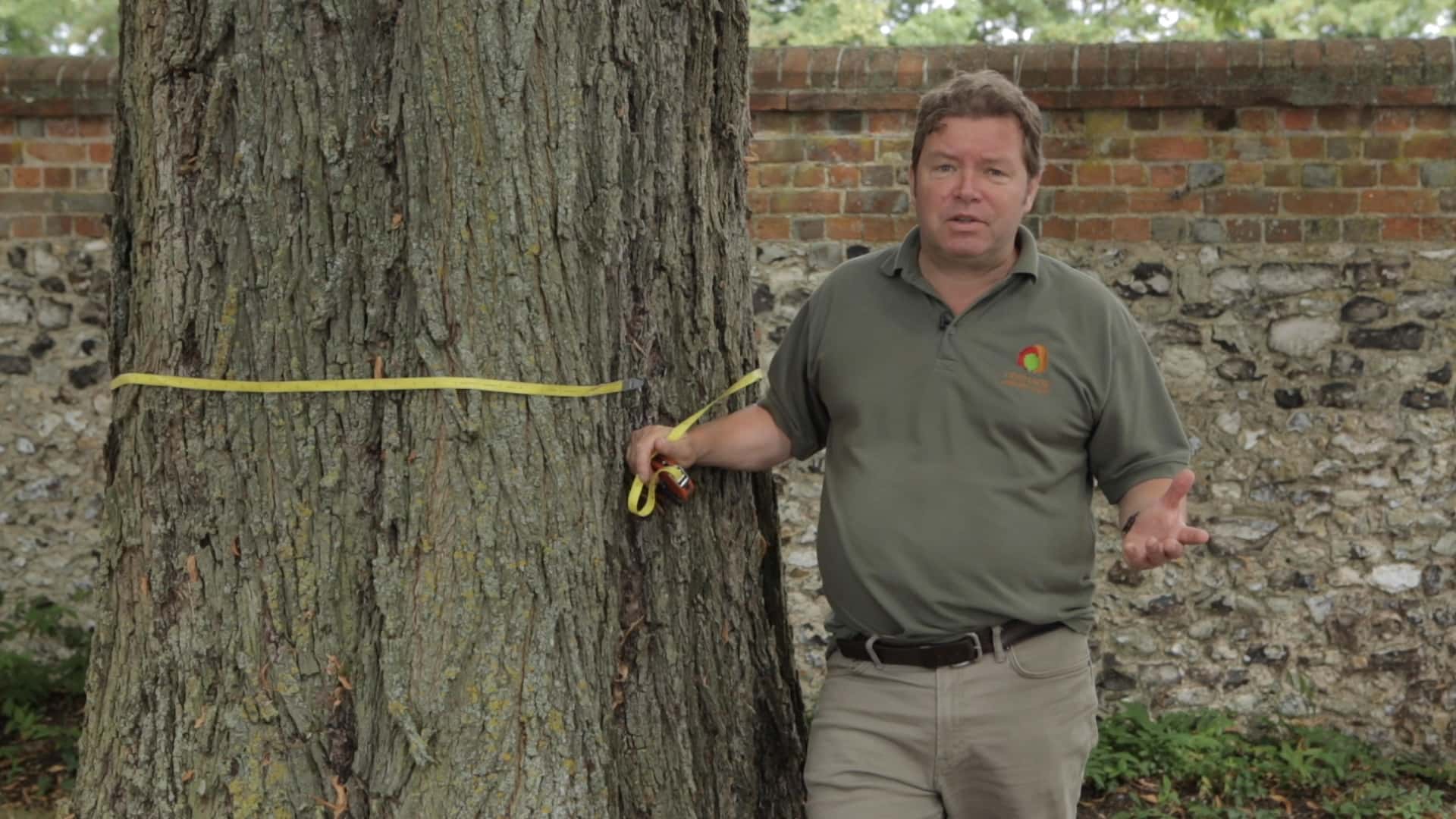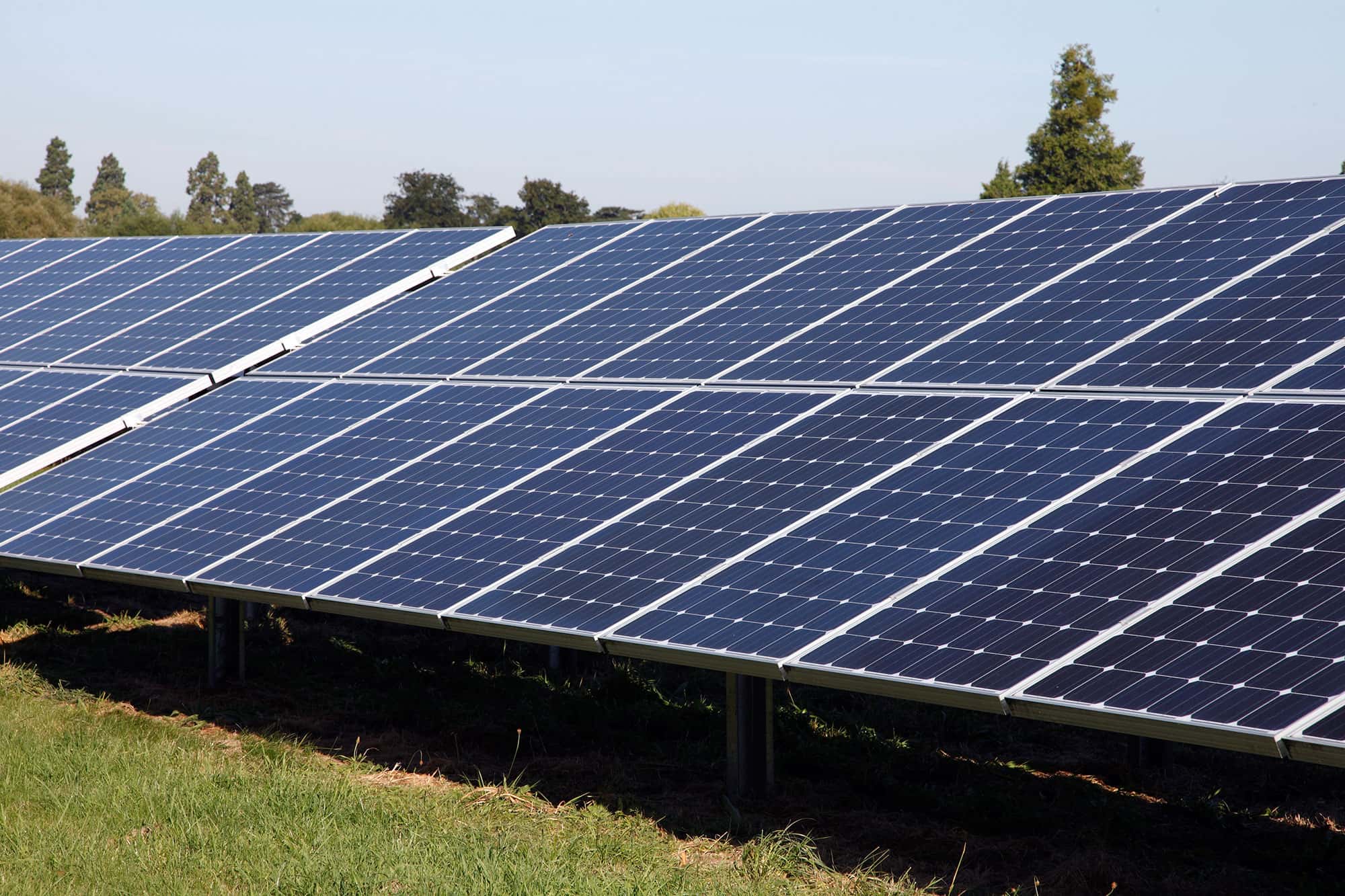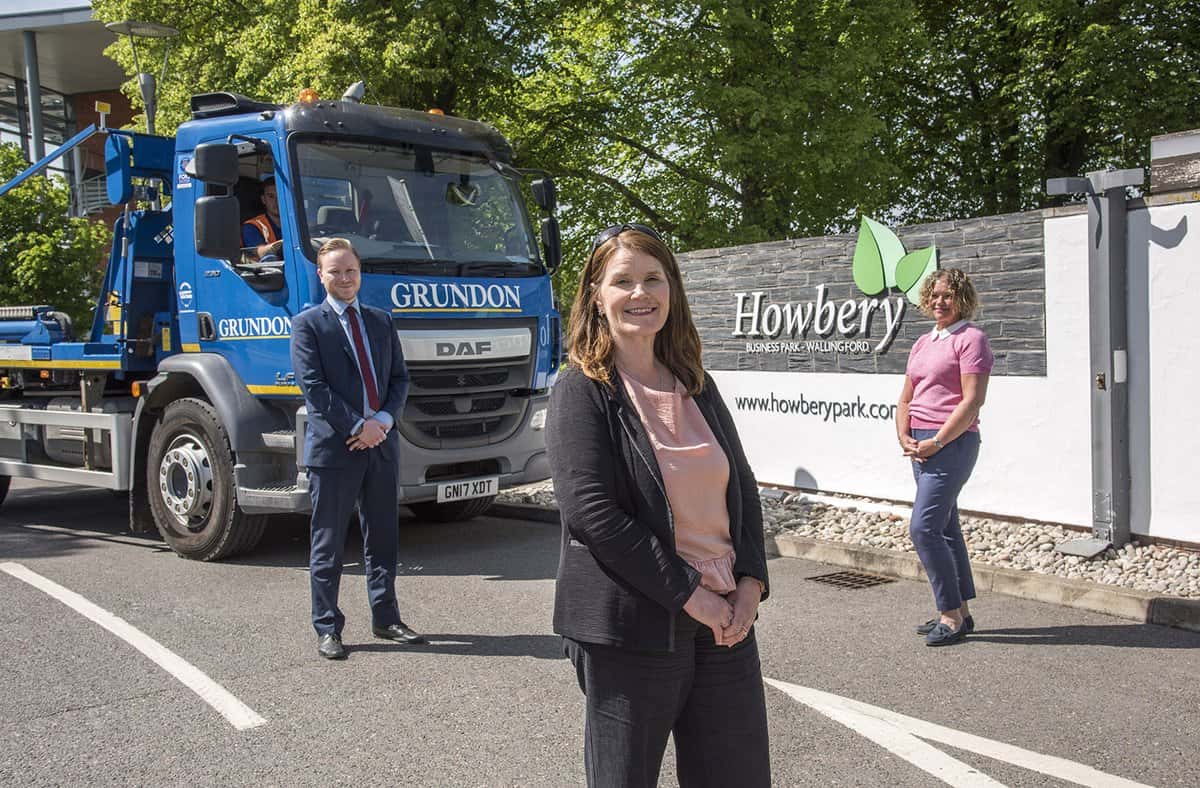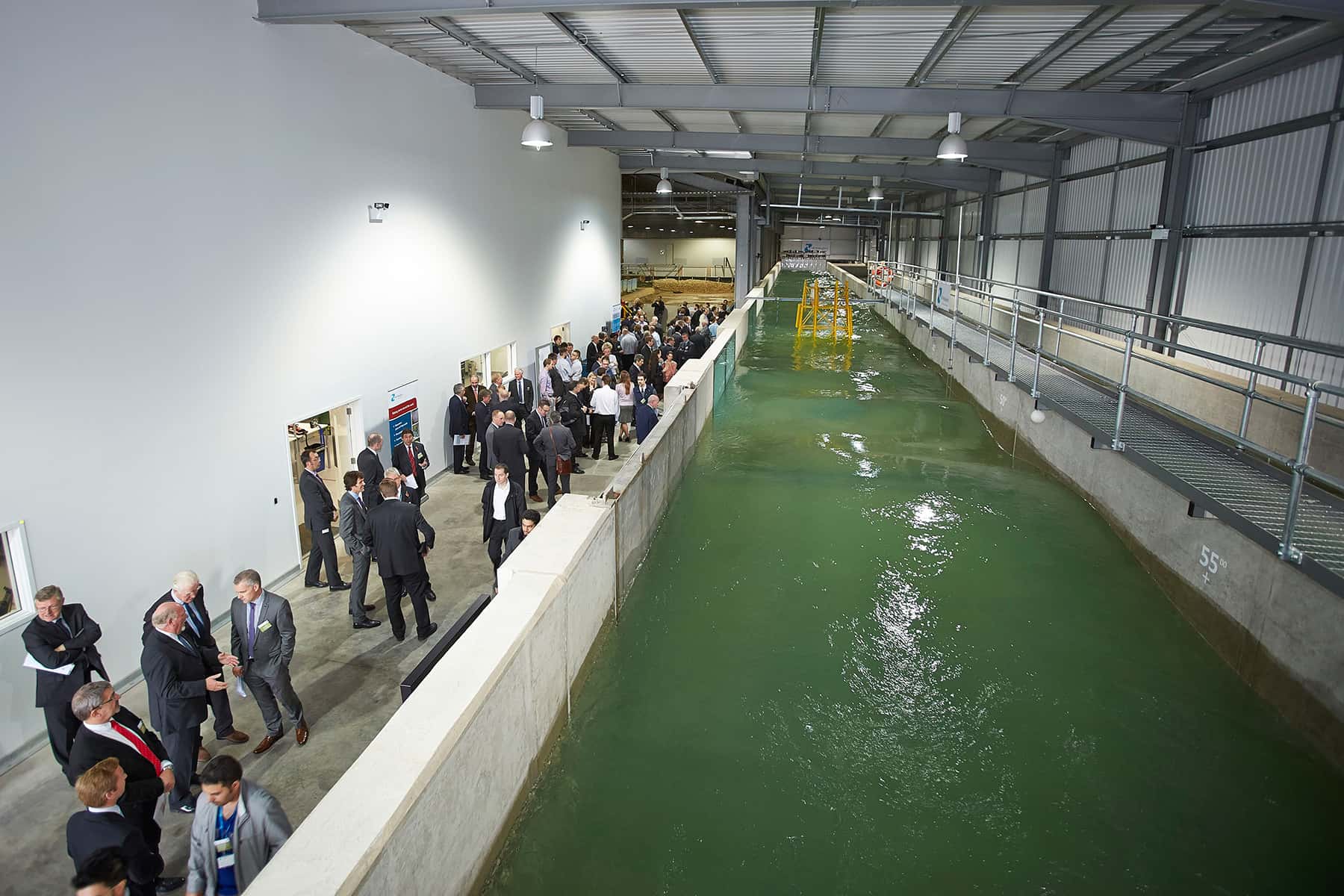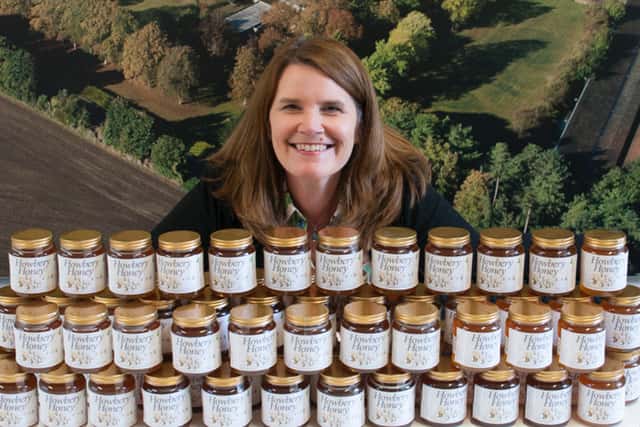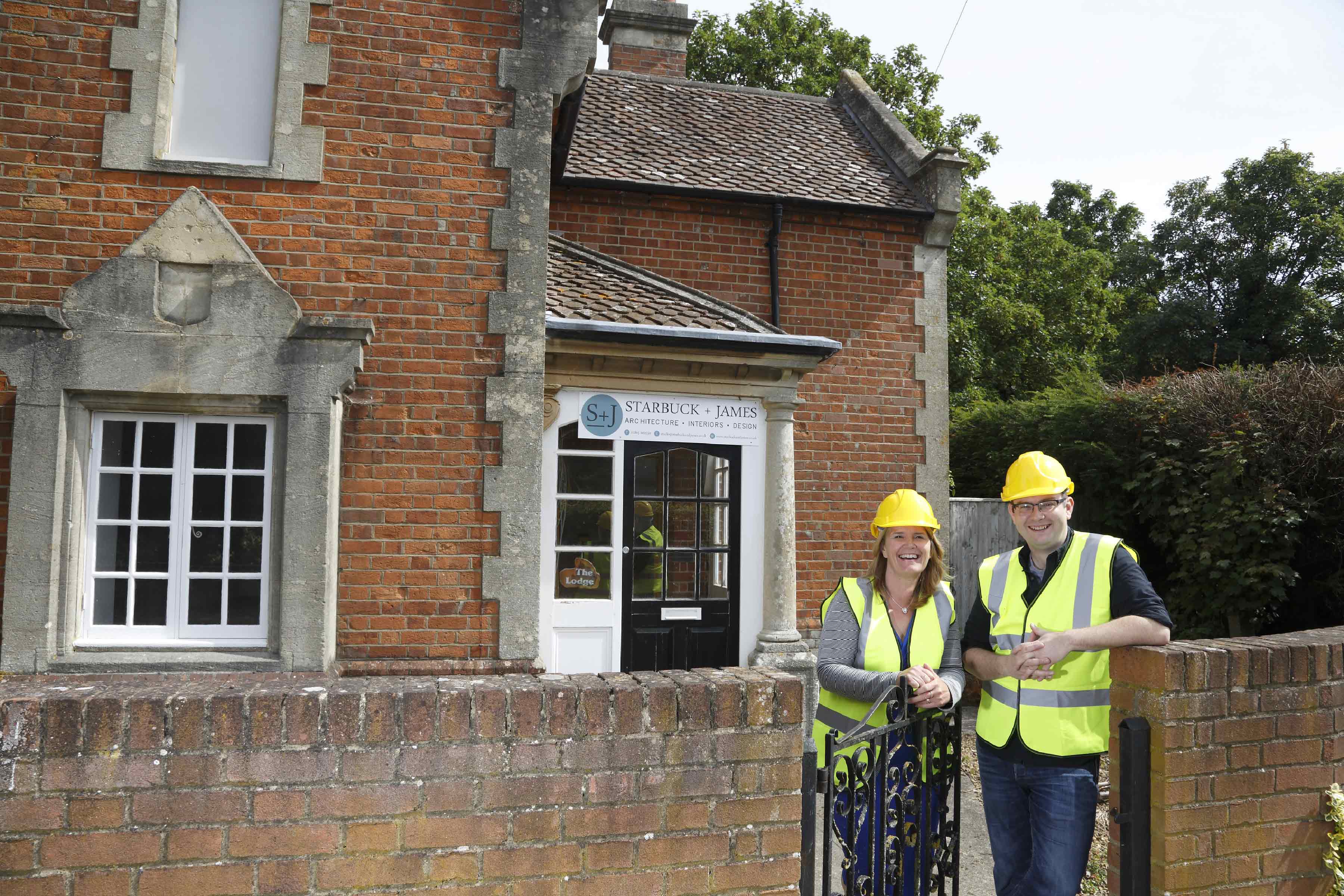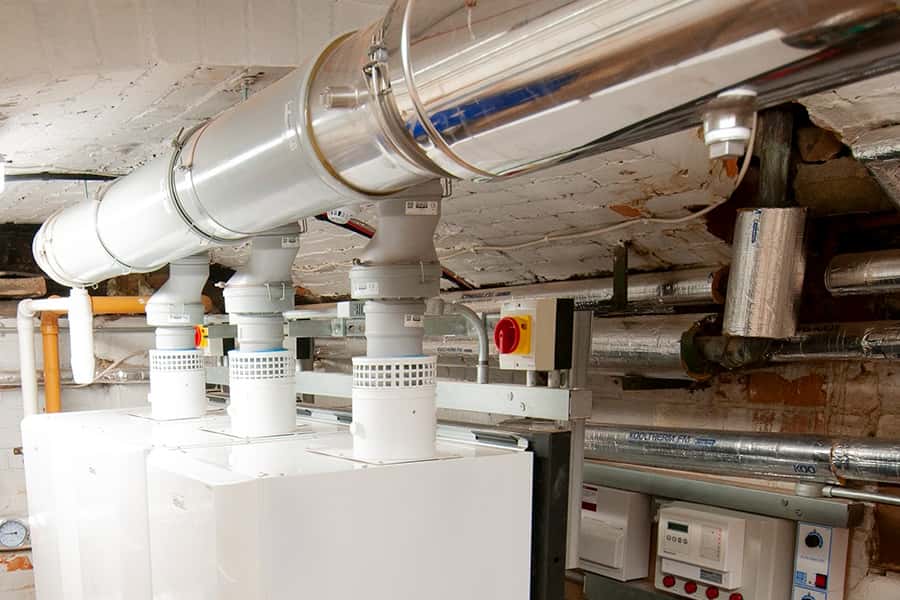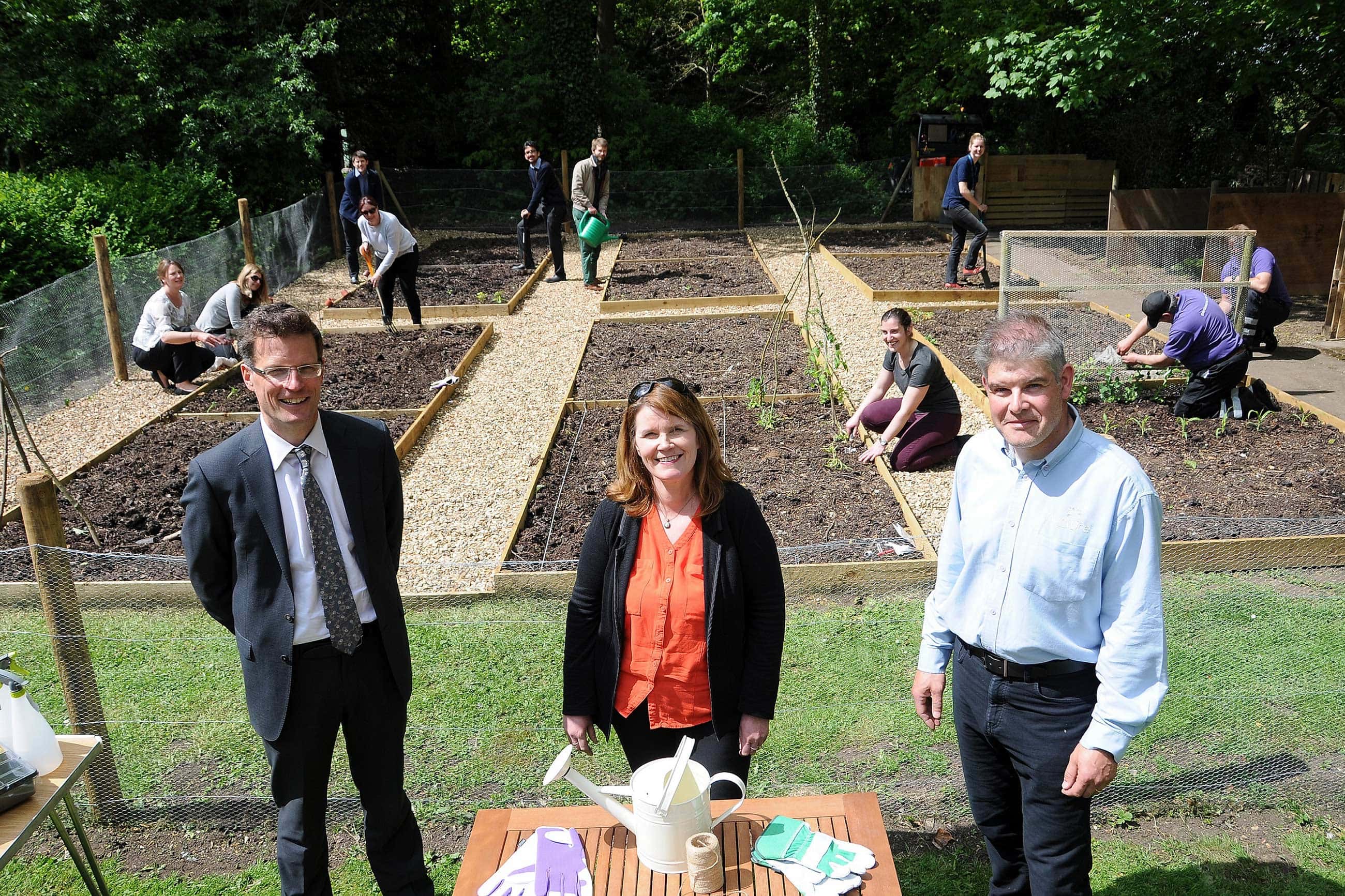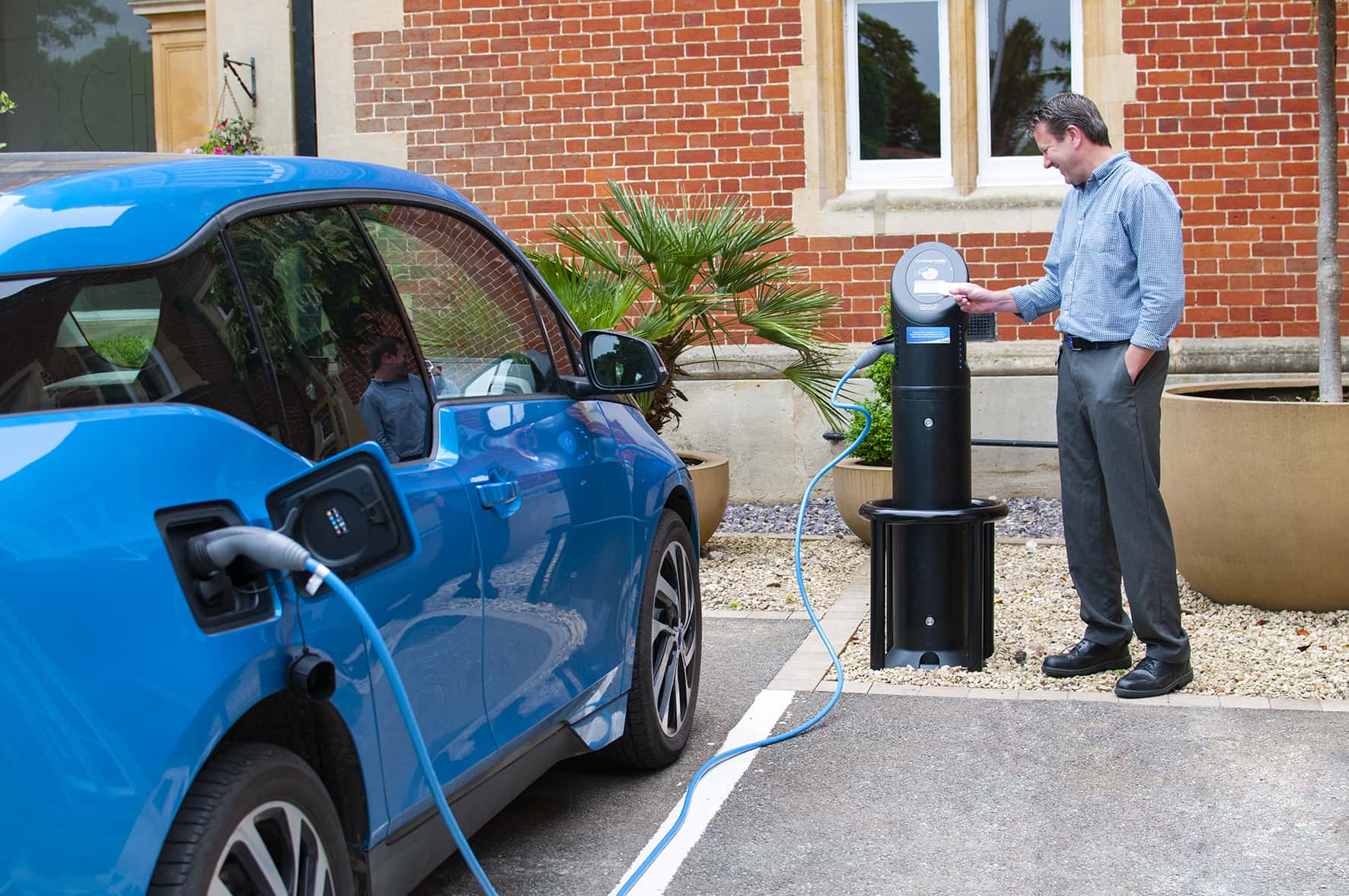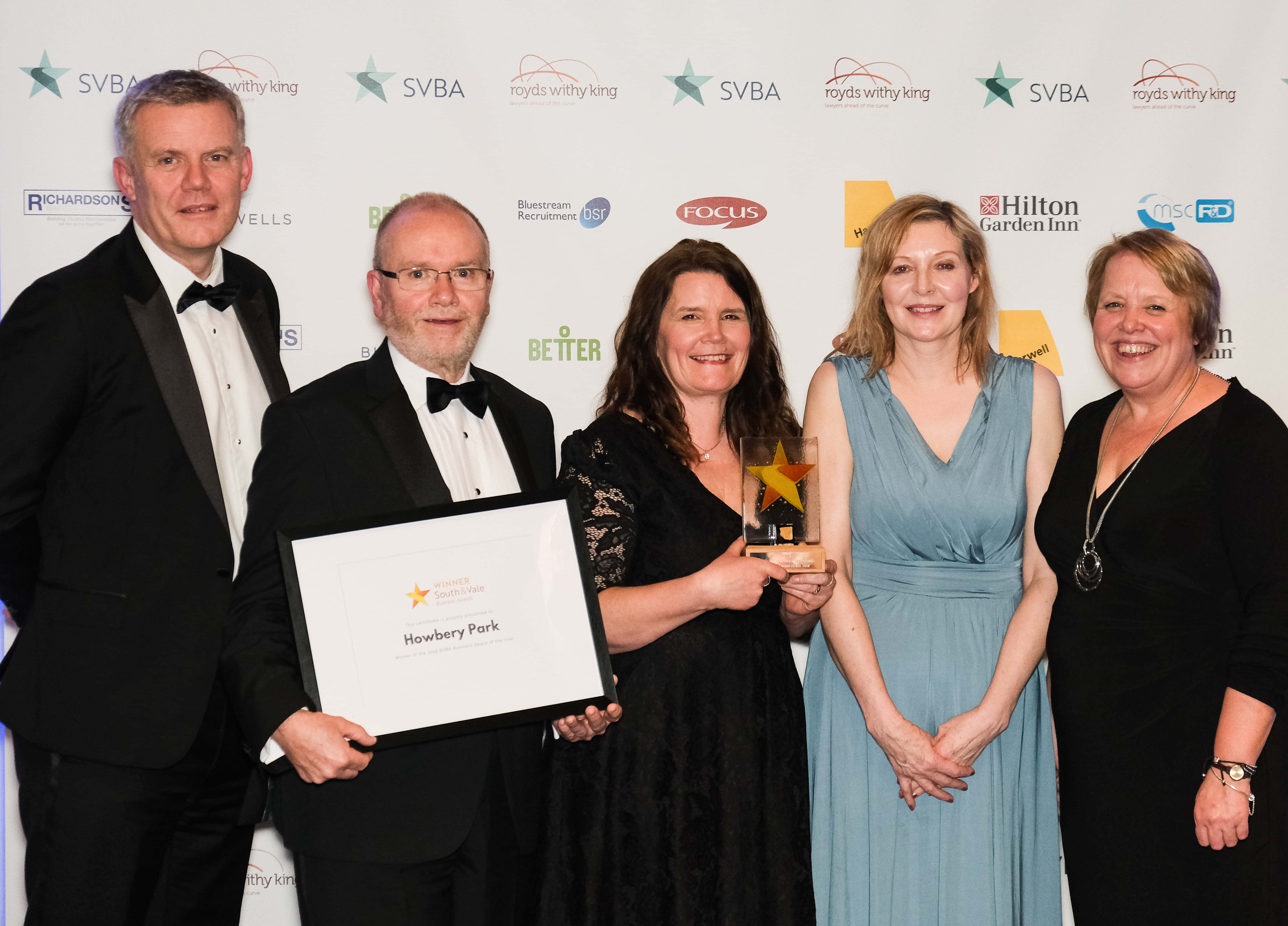History
Howbery’s Manor House, which dates back to 1850, has been owned by various nobleman and political figures over the years, and has even hosted Royal visits including Prince Henry who camped as an ordinary soldier at the Park in 1927 through to Queen Elizabeth II in 1956.
The Manor House was built in about 1850 by English Member of Parliament (MP) William Seymour Blackstone. Blackstone fell into debt, largely because of the costs of building this new home, and spent time in the debtors’ prison at Oxford. His debt problems also contributed to the end of his political career. He died in Brighton, never having lived at Howbery Park.
A Hydraulic Research Station’s water flume was built in the old garden-room, which is part of the front of the Manor House. The garden-room has since been remodelled into the coffee lounge, and this experimental work is now carried out in other parts of the HR Wallingford site.
Other owners of Howbery Park were Henry Bertie Williams-Wynn (who purchased the house in 1867), Harvey du Cros (in 1902) and George Denison Faber, 1st Baron Wittenham.
The estate passed into the ownership of the government in the 1930s and was used during the Second World War to house US and Canadian servicemen and then refugees from Central Europe. After the war it was selected as the location for the new Hydraulics Research Station (HRS) established under the directorship of Sir Claude Inglis. HRS was privatised in 1982 from the Department of the Environment (DoE) and HR Wallingford Group was created. The new company was limited by guarantee, had no shareholders and was given the remit to invest in hydraulic research. The assets transferred with Howbery Park in 1982 included the grant-funded-state-of-the-art Fountain Building, and a new mainframe computer. The Manor House and Stable Block are Listed Buildings Grade II (1985).
Celebrating 25 Years
Howbery Business Park has come a long way in its 25 years from 1994 when the Environment Agency – known then as the National Rivers Authority – moved to the park and became our first tenant. Today Howbery Business Park is home to over 50 different businesses, ranging from small family enterprises to large organisations.
As we reach our 25th anniversary, we are proud of our consistently high occupancy rates and customer satisfaction levels. We work hard to encourage a sense of community on the park, as well as supporting a healthy work-life balance. As the UK’s first solar-powered business park, we have put sustainability at the heart of everything we do, and continually work to reduce our carbon footprint. The park has a diverse range of businesses which make it a fascinating place to work. Howbery Park also boasts a long-standing water science/technology cluster which continues to develop today.
The park has won many accolades over the years. Recently, we are proud to have won the South & Vale Business Space of the Year 2019. We were also awarded Business Park of the Year (Thames Valley) in 2017.
Read more about the significant milestones during the past 25 years of the park’s development.
You might not be aware that Howbery Park and its Manor House also boast a much longer and unique story. This goes back centuries, from a visit by Henry VII in 1489 to the various noblemen and political figures associated with the fascinating past of the present Manor House. Find more about the park’s history and see a collection of images, on our history page.
We are now planning ahead for the next chapter in the park’s development, continuing to expand sustainably whilst preserving the park’s unique character and mature landscape.




